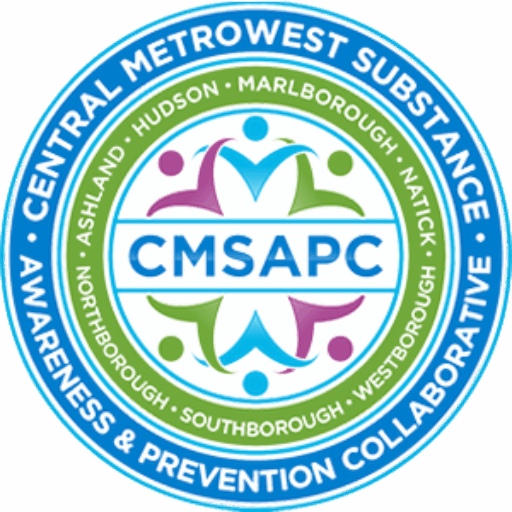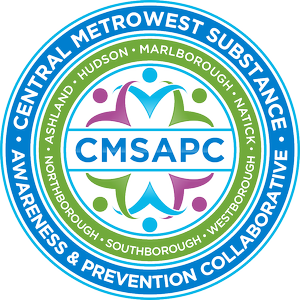Substance Use Data
Explore substance use trends shaping our community and learn how data informs efforts to create a safer, healthier future for everyone.
Why Data Matters
Data is the backbone of effective prevention. It shines a light on the challenges we face, helps track progress, and ensures resources are directed where they’re needed most. Understanding substance use starts with accurate, reliable data.
Regional Substance Use Trends
These statistics provide a snapshot of the issues our community is addressing, with a focus on youth and substances of first use (alcohol, nicotine, and marijuana).
Here are some key findings specific to our Central MetroWest community:
- Youth Alcohol Use: 21% of local youth reported drinking alcohol recently, 12% reported recent binge drinking, and 40% reported lifetime use – overall, a significant decline in use since 2006.
- Youth Electronic Vapor Product Use containing Nicotine (EVPs): Fewer than one in five high school students report lifetime EVP use (18%), and one in ten (10%) report current use. Reports of EVP use have declined by more than half since they peaked in 2018.
- Youth Marijuana Use: Following a sharp decline since 2018, fewer than one in five youth (18%) have tried marijuana in their lifetime, and one in 10 (10%) report having used it in the past 30 days.
State & National Comparisons
When compared to state and national averages, the CMSAPC region shows both strengths and areas for improvement. For example:
- Alcohol Usage: Despite notable declines in alcohol use both locally and nationally, current alcohol use and binge drinking in MetroWest is higher than national rates.
- Vaping Rates: Lifetime and current use of EVPs in MetroWest is lower than in the nation.
- Cannabis Use: MetroWest rates are lower than national rates for both lifetime and current cannabis use.
How We Use Data for Substance Use
At CMSAPC, data is more than the numbers. It’s a tool for positive change. Here’s how we use it:
Targeted Programs
Address rising alcohol use among teens through local education campaigns.
Resource Allocation
Direct funding to high-need areas based on informed insights.
Measuring Success
Track the impact of prevention initiatives to ensure long-term effectiveness.
FAQs & Helpful Tips
Our Frequently Asked Questions (FAQs) section answers common questions about where our data comes from, how often it’s updated, and how you can access more detailed local information.
Where Does This Data Come From?
We collect data from local schools, surveys, and public health reports to ensure accuracy and relevance.
How Often Is It Updated?
Data is updated annually or as new surveys and reports are released. This ensures we’re always working with the latest information.
What If I Want More Detailed Access to Local Data?
You can reach out to your local coalition for a closer look.
What’s Next?
Numbers have the power to inspire change. Share this data with others, join prevention efforts, or connect with your local coalition to start making a difference.

